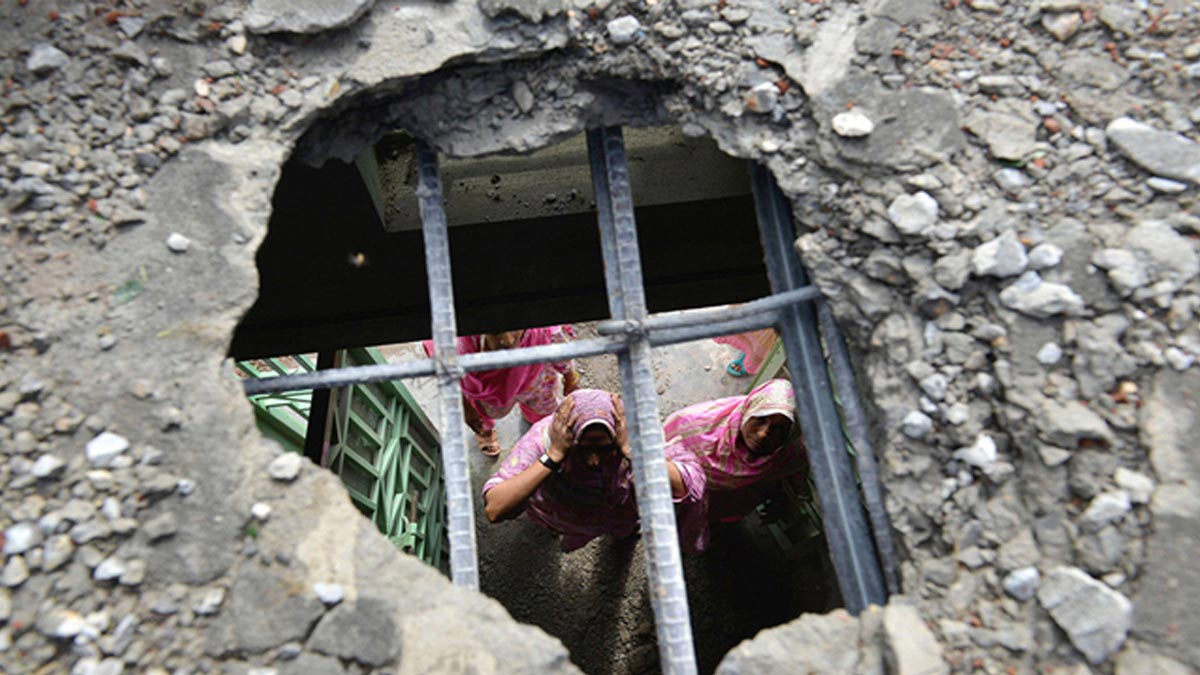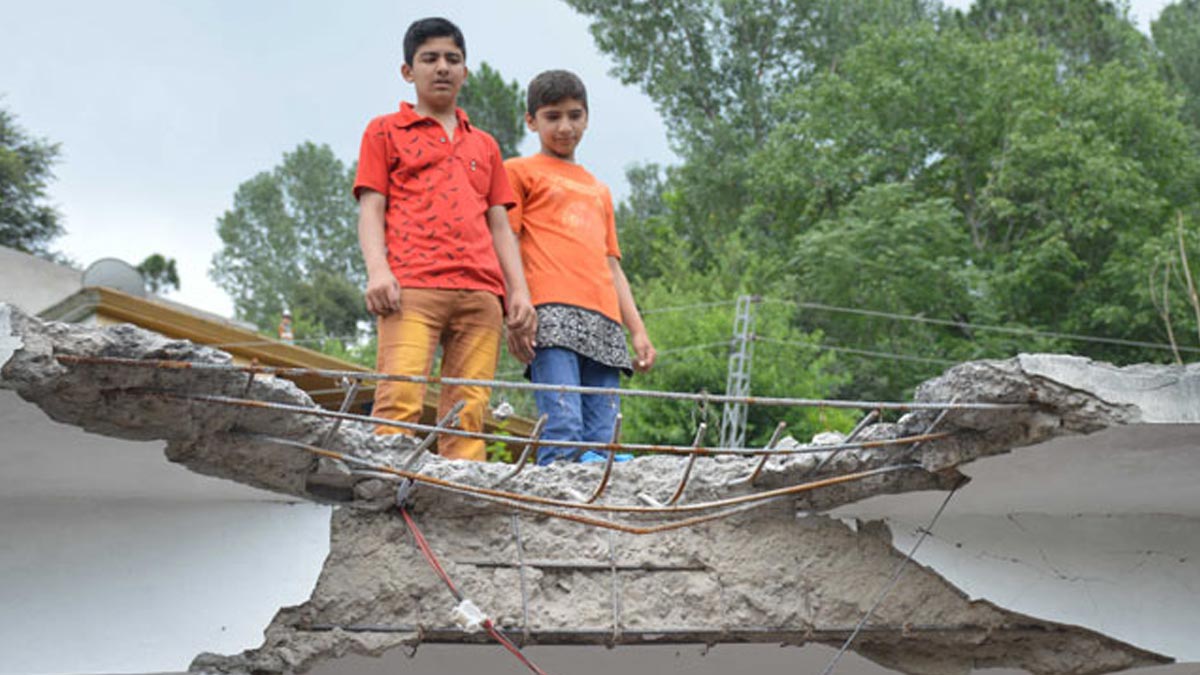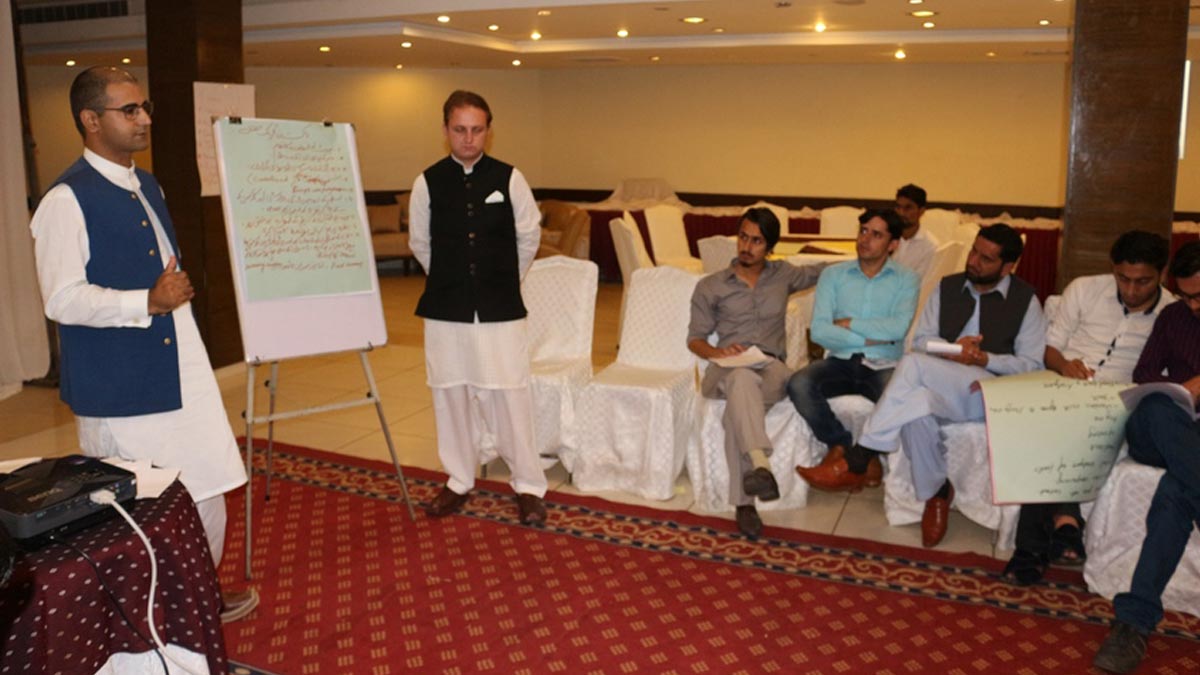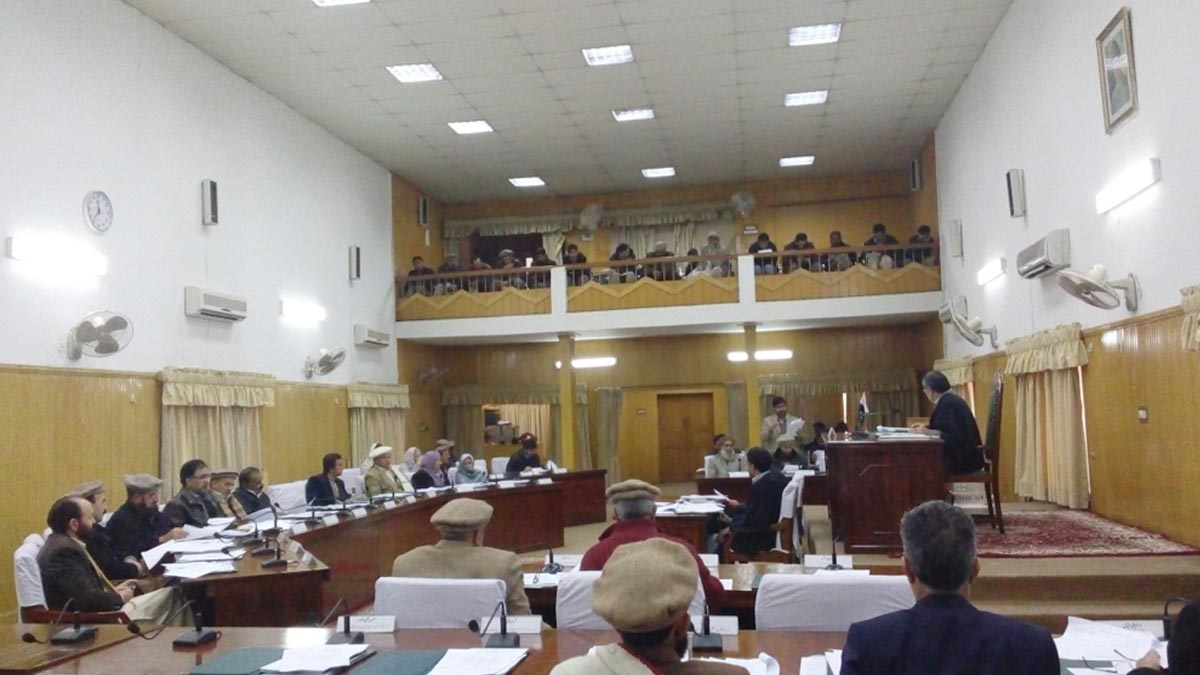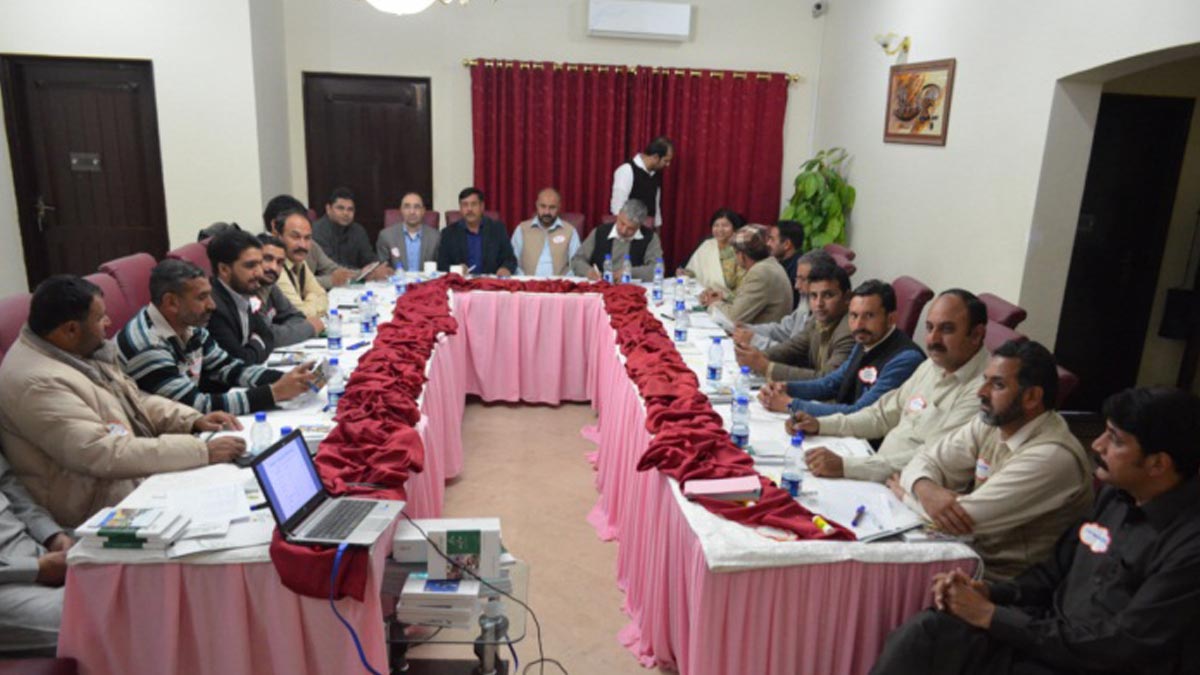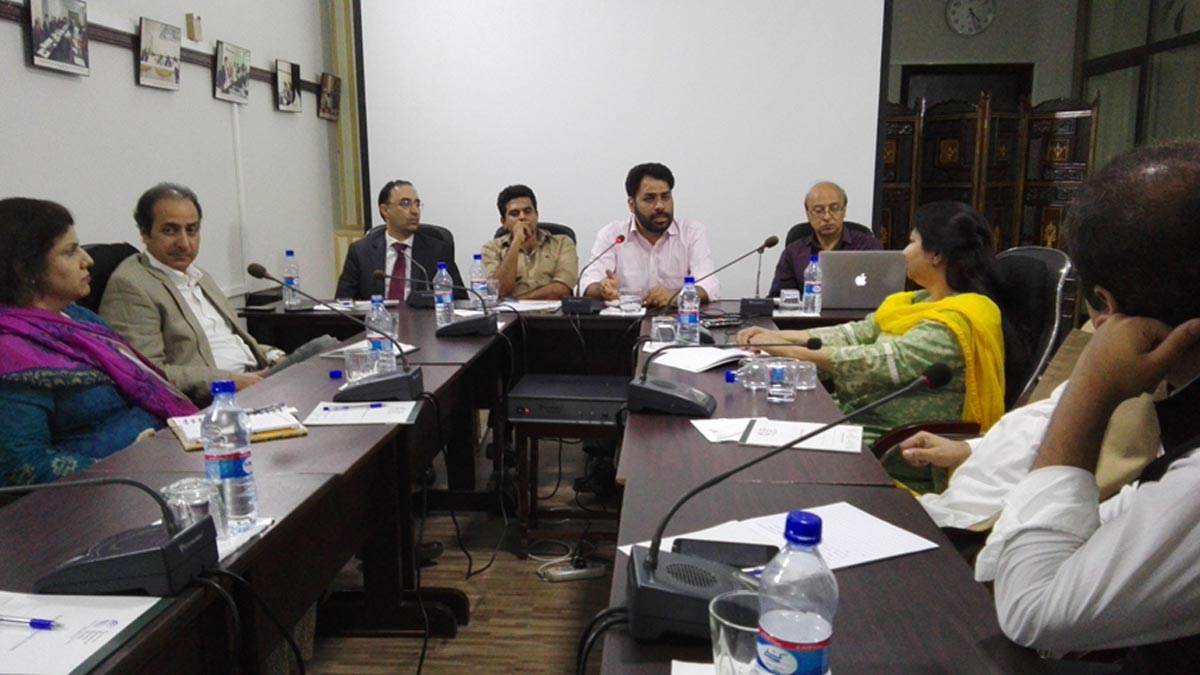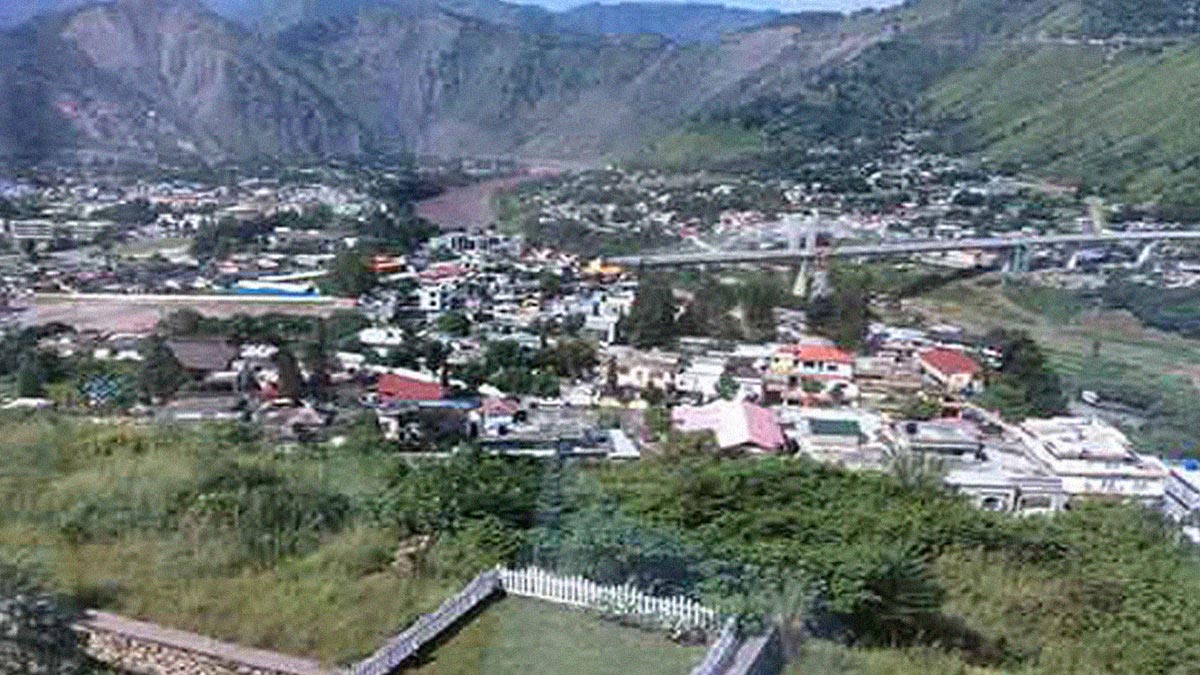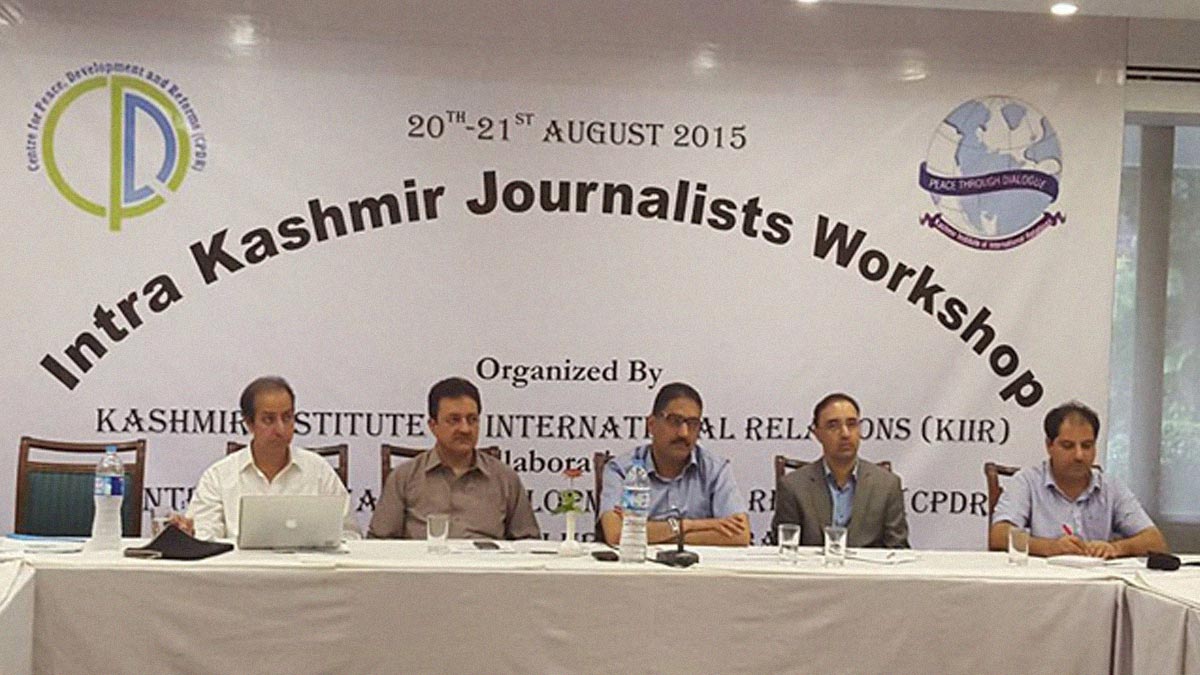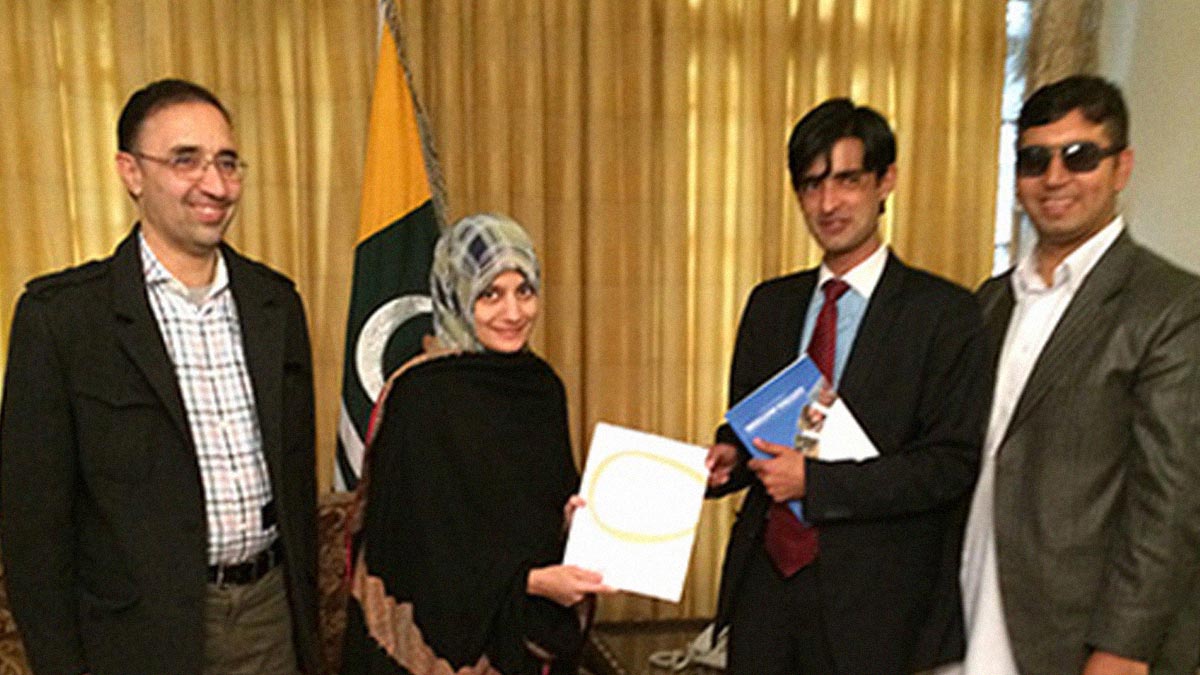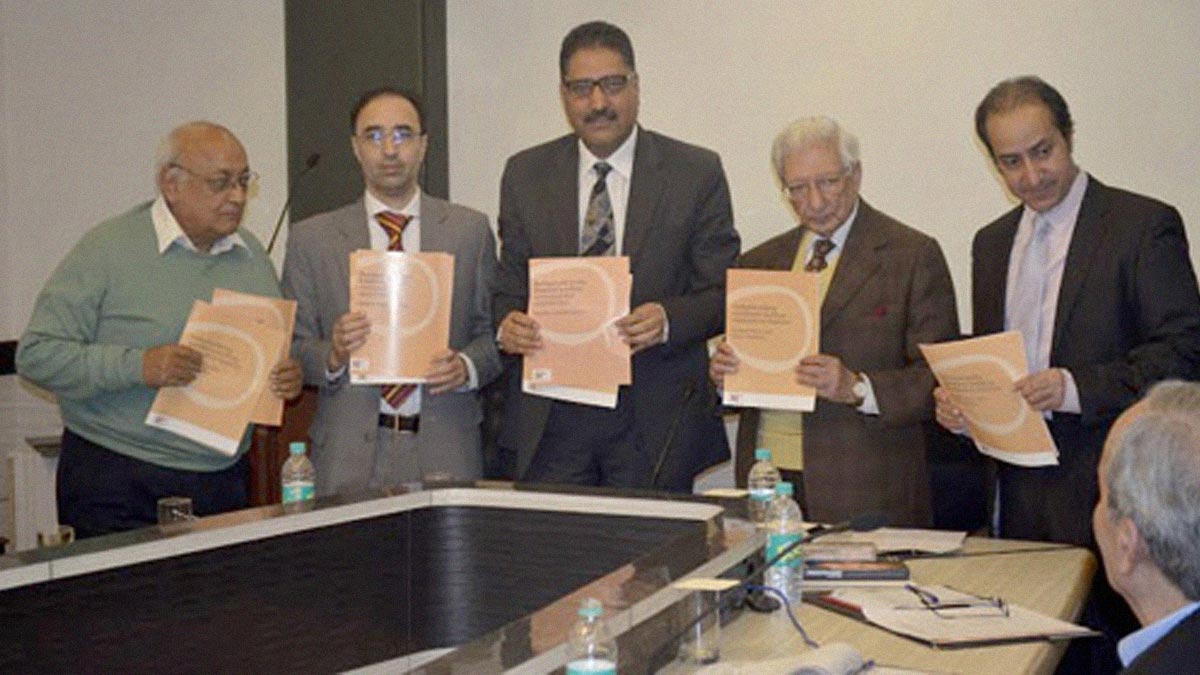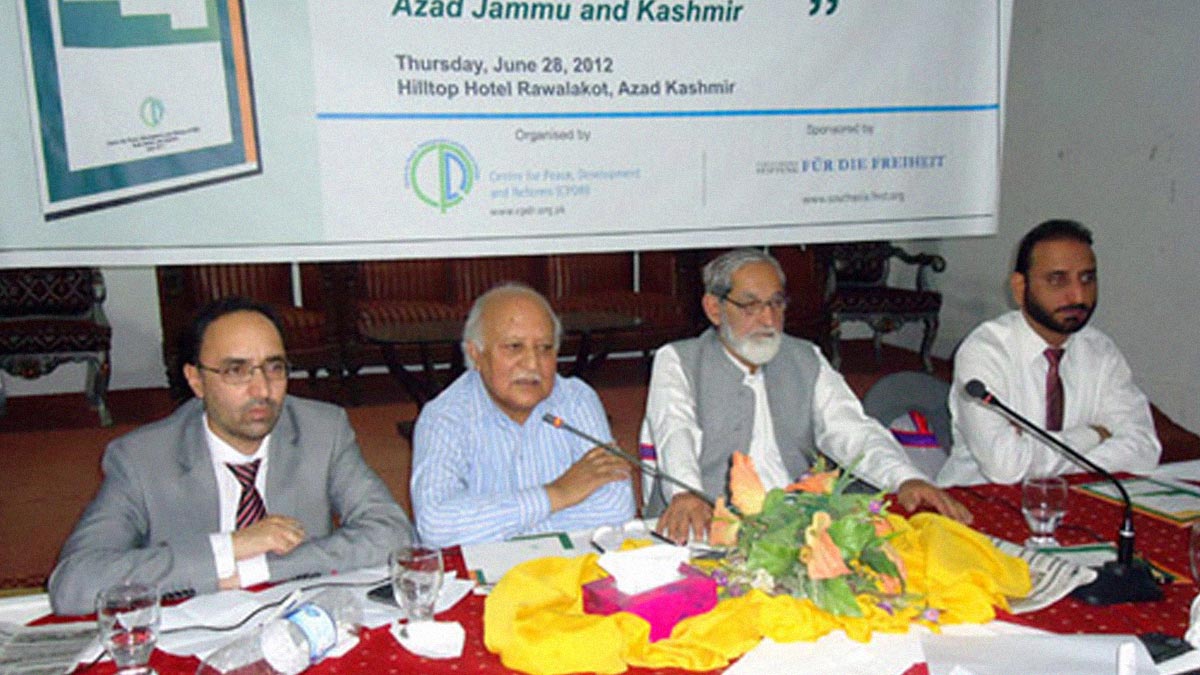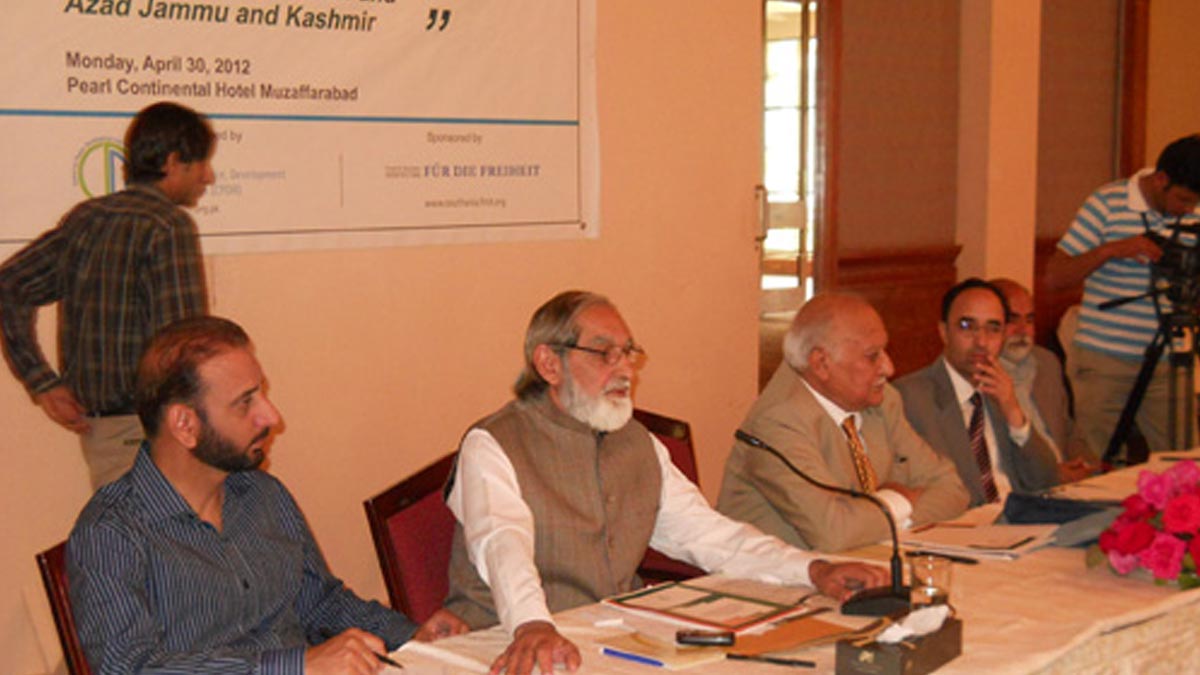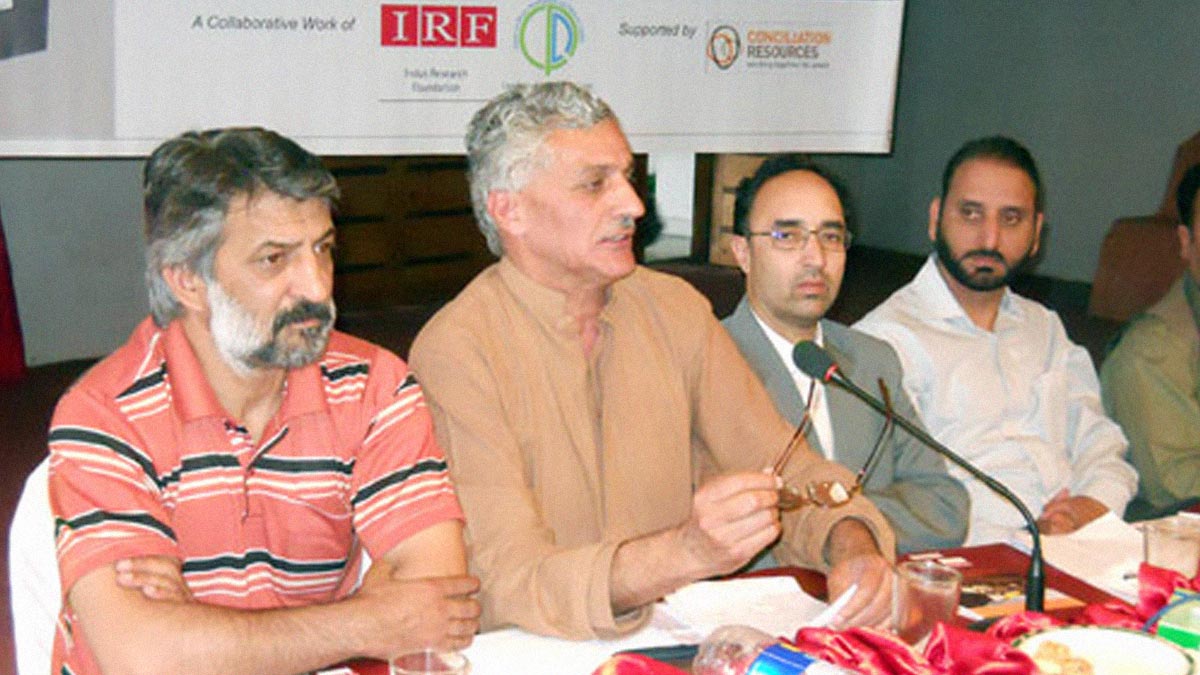- June 1, 2016
- @admin
- 0
- 01st June 2016
- Mirpur (AJK)
MIRPUR (AJK)-Inadequate measures caused losses in both the sides of Kashmir during natural catastrophes, an expert said in a paper published by Kashmir Initiative Group (KIG).
Shafat Ahmad said this in his paper entitled, “Bridging Divides: Towards Effective Disaster Preparedness and Response in Kashmir”.
It was published by Kashmir Initiative Group (KIG), an intra- Kashmir peace building platform which is striving to promote peace and harmony in the region and published a series of papers on various issues related to Kashmir.
Disasters can aggravate social and political rifts and conflicts in disputed regions like Kashmir so the implementation of effective disaster management mechanisms are needed to save human beings and build harmony and confidence among the inhabitants of the region, he said.
Regarding the importance of improving disaster responses at both the sides of the Line of Control, the paper establishes that “capacities and management could be enhanced exponentially-if cross-LoC collaborative management mechanisms for responding to disasters were supported and implemented”.
Based on the training and discussions conducted in a Professional Fellowship supported by the Commonwealth Scholarships Commission in 2015, Ahmad highlighted that the disaster preparedness should be effectively.
Response to disasters must be gender-sensitive, conflict-sensitive as well as region-specific in the cross-LoC disaster management schemes, he suggested.
Tracing the history of natural disasters in Jammu and Kashmir over the past 40 years, the paper mentions the role of confidence building measures (CBMs) in different arena of life ranging from trade to disaster management.
CBMs, based on specific guiding principles in the realms of local ownership, support structures, stakeholders, communication channels and coordination, have greatly contributed during the critical time following the earthquake in 2005.
The opening up of the LoC, initiating travel and trade across the border, was the most significant outcome in this regard.
The paper also presents some recommendations for action regarding effective disaster management in Kashmir in which the enhancement of the collaboration across the border has been presented as the main requirement for a fruitful disaster response.
“A mechanism should be agreed between the Indian and Pakistani governments for the opening up of the LoC in cases of such crises,” maintains the policy brief.
Referring to the significance of joint hazard mapping and information sharing before, during and after natural disasters, the policy brief emphasises the engagement of academia, experts as well as telecom companies and corporations on both the sides.
The paper further points out that enhanced coordination at intra and inter-Kashmir levels and the strengthening of institutional and civil society frameworks are necessary to confront natural disasters.
Moreover, it also recommends the flourishing of the ideas of preparedness and a “culture of safety and resilience” across the region.
For this purpose, education departments, civilian governments and civil society should be channelised in their respective circles of influence, it concludes.
Media Links:
The Nation: Apathy caused losses in Kashmir – 01 June 2016

Ershad Mahmud
The writer is a freelance contributor. He can be reached at:


















































